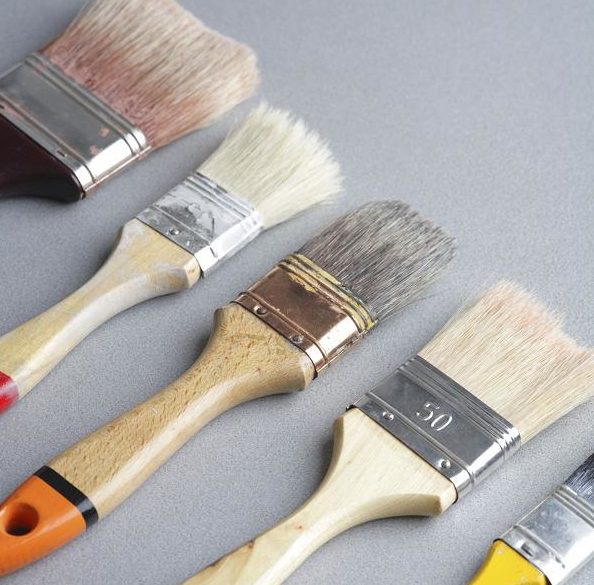
Brushed motors came first — by a long chalk. Ernst Werner von Siemens invented the brushed DC motor in 1856. The brushed DC motor was the only game in town for over a century, till the brushless motor was developed in the 1970s. Indramat’s brushless AC Servo was released in 1979, and quickly became the industry standard for motion control as well as a key to high performance automotive Powertrain manufacture. Rexroth took over Indramat at the end of the 20th century, and has continued to improve brushless motors ever since.
Brushless motors don’t require a physical commutator, and suffer less from physical wear, so they could be used in situations in which the demands on the motor are high — computer drives, robotics, things like that. The lower risk of electrical noise also makes brushless motors better suited to computers and audio equipment.
Even in situations in which a brushed motor can be used, the difference in efficiency is significant: brushed motors are typically 75-85% efficient, while efficiency levels of 96% or higher have been reported for brushless designs. In fact, the typical brushless motor is 85-90% efficient.Brushless motors are more pwoerful than a brushed motor of the same size, too.
Why is anyone still talking about brushed motors? For some applications, such as remote control racecars, a brushed motor can be cheap enough to appeal to a hobbyist.
Indramat brushless motors last so long that any initial price considerations vanish to nothing when considering cost per minute of use. Apart from that, industrial use is a whole different animal from RC racing. When you’re powering your plant, yes, brushless is definitely better.
